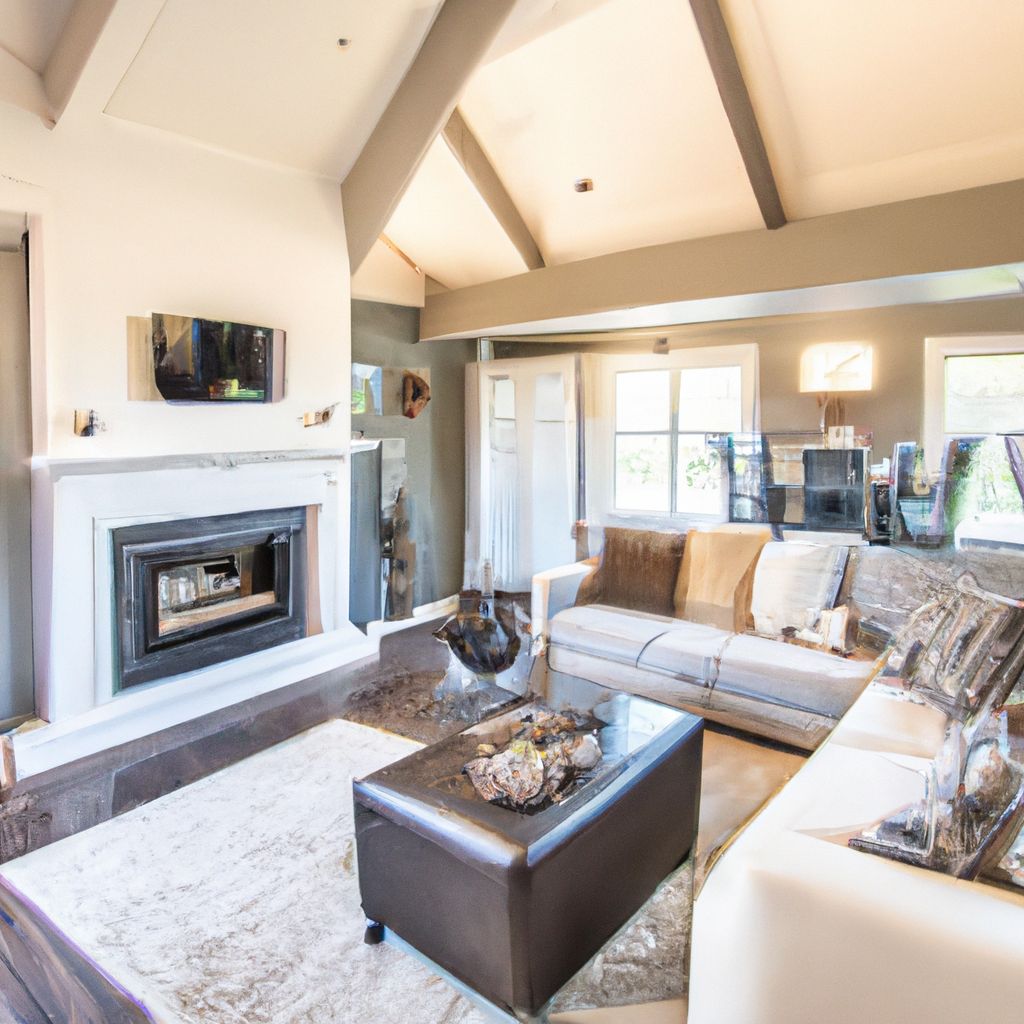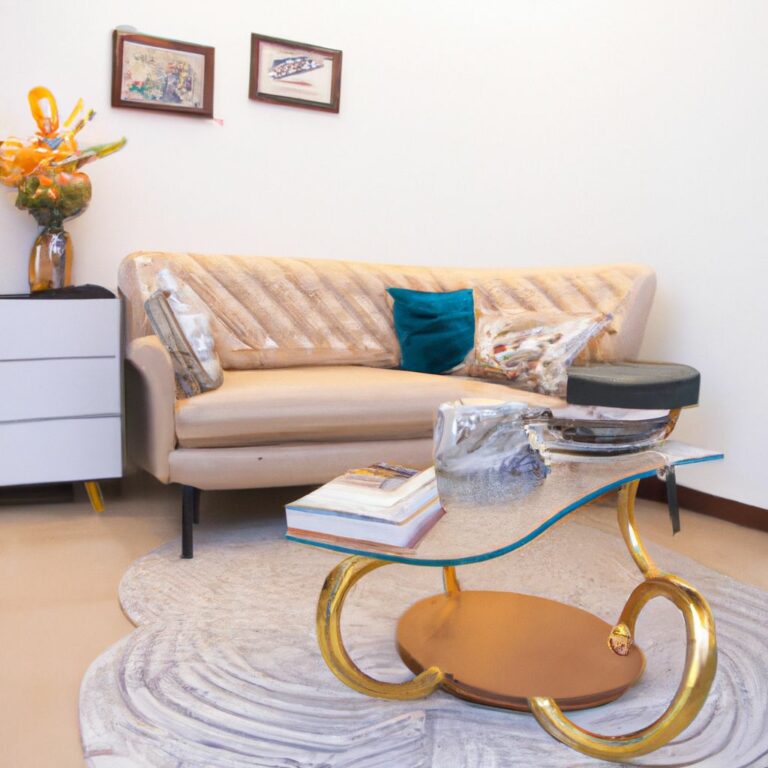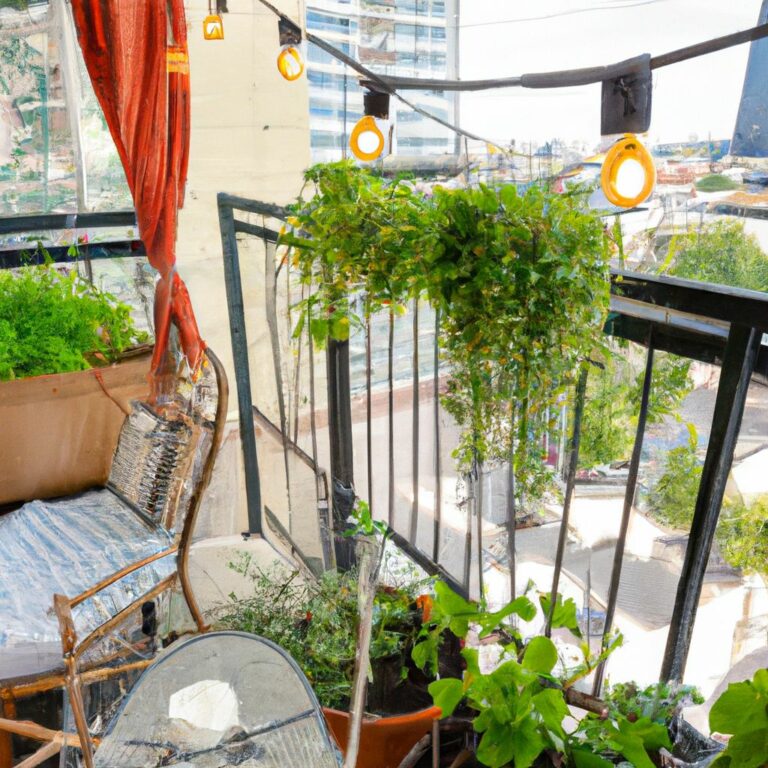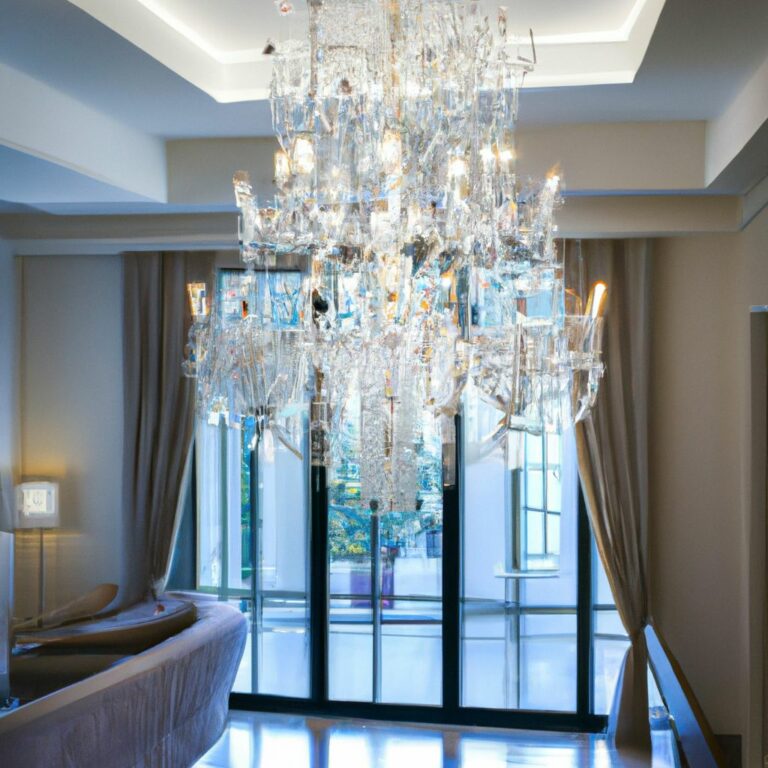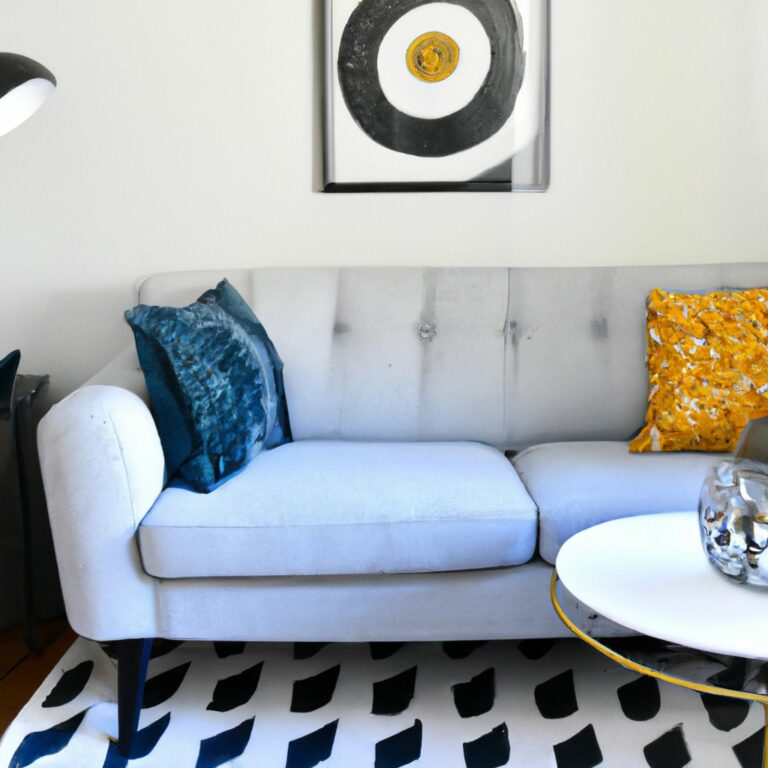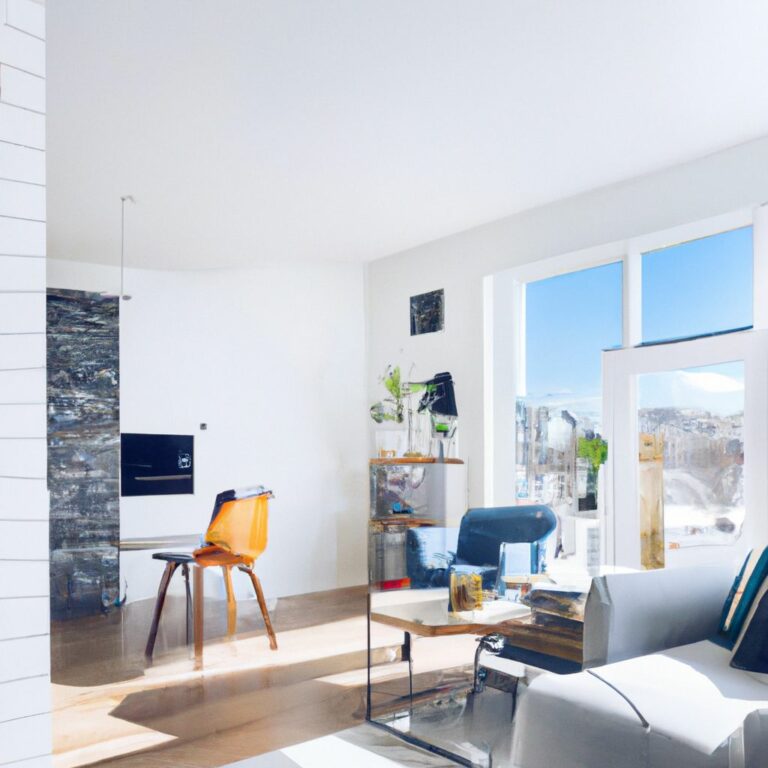Introduction to open floor plans
Open floor plans have become popular in recent years. They offer a spacious, airy atmosphere. There’s no need for walls, creating a seamless flow between spaces. Plus, natural light can fill the room, making it brighter and more inviting.
To make the most of an open floor plan, carefully consider furniture placement. Rugs and flooring materials can help separate areas. Taller furniture or decorative screens can provide visual barriers without impeding the flow.
Color coordination plays an important role. Using a consistent palette creates a sense of unity and harmony. Coordinate furniture upholstery, accent pillows, curtains, and wall colors. Subtle variations in shade or texture can add depth.
Did you know open floor plans originated in early American architecture? Frank Lloyd Wright introduced the concept in the early 20th century. His designs featured large common areas with minimal separation between rooms, emphasizing communal living and functionality.
Need more space? Just tell your guests it’s a minimalist design and watch their confusion rise!
Maximizing space in open floor plans
Maximize your open floor plan with multipurpose furniture like a sofa with storage or a coffee table that converts to a dining table. Rugs are great for adding visual interest and defining different areas. Shelves instead of bookcases or cabinets save space and create an airy feel. Choose light-colored furniture and paint to make the space appear larger. Utilize vertical space by installing tall shelves or racks to get the most out of your storage.
To make your space even more unique, try pocket doors or sliding panels for privacy, curtains or drapes as room dividers, or any other creative ideas. Ancient civilizations like the Japanese and Greeks had minimalistic designs, inspiring us to maximize space in our own homes. Apply these tips and your living area will become a harmonious, functional space that reflects you.
Creating distinct zones in open floor plans
Define areas with furniture placement. Place sofas, rugs and shelves to visually distinguish spaces. Use color to differentiate zones. Paint or wallpaper walls to denote distinct areas in the open floor plan. Incorporate architectural elements, such as columns, arches and room dividers. This enables a sense of separation without compromising on openness. Add lighting to create visual boundaries. Hang pendant lights or chandeliers above certain areas to define zones. Utilize room dividers like bookshelves, folding screens or sliding doors.
Include natural elements like plants and flooring materials. This brings texture and depth to the zones. Merge functionality and design to make an inviting and harmonious space. When styling distinct zones, maintain a cohesive style but be sure to include unique characteristics. This creates a well-balanced and attractive space. Don’t just settle for plain white walls. Instead, add bold colors and patterns for something special.
Incorporating color and patterns in open floor plans
Decorating an open floor plan with color and patterns is an art. Careful consideration is key! Pick a color palette that complements the existing elements in the room. Then, introduce patterns into the mix. Balance bold and subtle patterns to avoid overwhelming the space. Geometric prints, floral motifs, and textured fabrics work well. Don’t forget to mix and match different patterns as long as they share similar colors or themes.
When it comes to placement, use light tones on walls and larger pieces of furniture. This creates an illusion of space and openness. Reserve bolder colors and intricate patterns for accent pieces like throw pillows, rugs, or curtains. Place them to create focal points that draw attention without overpowering the entire space.
To make the open floor plan come alive with color and patterns, add unique details that reflect your personal style. Incorporate one-of-a-kind accessories like handmade ceramics or vibrant artwork. These small additions can make a big impact.
For inspiration, look to ancient Persia. Elaborate tile work known as “Iznik” featured vibrant colors and delicate geometric patterns. It adorned palaces with breathtaking interior spaces. We still draw inspiration from this rich history today. Color and patterns can infuse open floor plans with timeless beauty and allure.
Incorporating color and patterns in open floor plans is a journey. With the right choices and placement, you can transform your space. So go ahead – unleash your inner designer and embrace the power of color and patterns. Create an inviting open floor plan that leaves a lasting impression!
Utilizing built-in storage solutions in open floor plans
Built-in storage can make a huge difference in open floor plans. Here are five ideas to make the most of them:
- Add shelves and cabinets to walls for easy organization of books, decorations, and more.
- Install a built-in entertainment center for media devices with no need for bulky furniture.
- Under stairs are perfect for drawers or cabinets for coats and shoes, or even a home office.
- Built-in bench seating with compartments is a great way to store blankets, pillows, and games.
- Create a multifunctional kitchen island with shelving and drawers for extra storage and countertop space.
Customizing built-in storage to fit your needs takes open floor plans to the next level. Maximizing every inch of space creates a seamless and organized living area that reflects your lifestyle.
To show what’s possible, let me tell you a story. A couple in a small apartment had no storage until they got creative. They built custom bookshelves from floor to ceiling, providing ample storage for their book collection and adding character to their open floor plan. Now they enjoy their favorite reads while keeping their living area neat and tidy.
Built-in storage solutions let you make the most of your open floor plan. It’s a great way to create an organized oasis without sacrificing style or functionality. So why not explore the endless possibilities of built-in storage?
Bringing in natural elements to add warmth and texture
Through the ages, natural elements have been used to give warmth & texture to living spaces. Ancient structures used stone & traditional Japanese homes chose wood. Today, these same natural features are seen in open floor plan designs.
Focal points are supermodels in an open floor plan’s Tinder profile. Incorporate wood for an inviting atmosphere. Add stone for an earthy tone & texture. Then, finish with plants for color & calm. Natural elements can bring a touch of history & nature into any home.
Creating visual interest with focal points in open floor plans
Open floor plans need eye-catching focal points to make them interesting. Here are 5 ways to do that:
- Statement Walls: Use bold colors or unique textures to make a stunning wall. Geometric patterns, textured materials, and vibrant wallpaper are great options.
- Accent Furniture: Add furniture that stands out from the rest of the decor. Pick an ornate coffee table or other pieces that draw attention.
- Lighting Fixtures: Strategically place pendant lights, chandeliers, or wall sconces to become focal points. They can also provide functional illumination.
- Artwork Displays: Hang large artworks or create a gallery wall to show off your taste and engage guests.
- Architectural Features: Highlight exposed brick walls, wooden beams, or arched doorways with appropriate lighting and decorations.
These tips can help divide larger open spaces into distinct zones, without ruining the flow. According to Architectural Digest, creating beautiful focal points is key for open floor plans! The goal is to make sure everyone has plenty of room to move and mingle, without decor getting in the way.
Conclusion: How to make an open floor plan feel cohesive and inviting
For a cohesive, inviting open floor plan, use the same colors and materials across the areas. Furniture should define each space, but still maintain a sense of flow. Rugs, lighting, and artwork can create zones without compromising the overall harmony. That’s the key to a harmonious living space!
- Easy DIY home decoration projects - June 25, 2023
- Upcycled items for home decor - June 25, 2023
- Vintage home decor ideas - June 25, 2023
